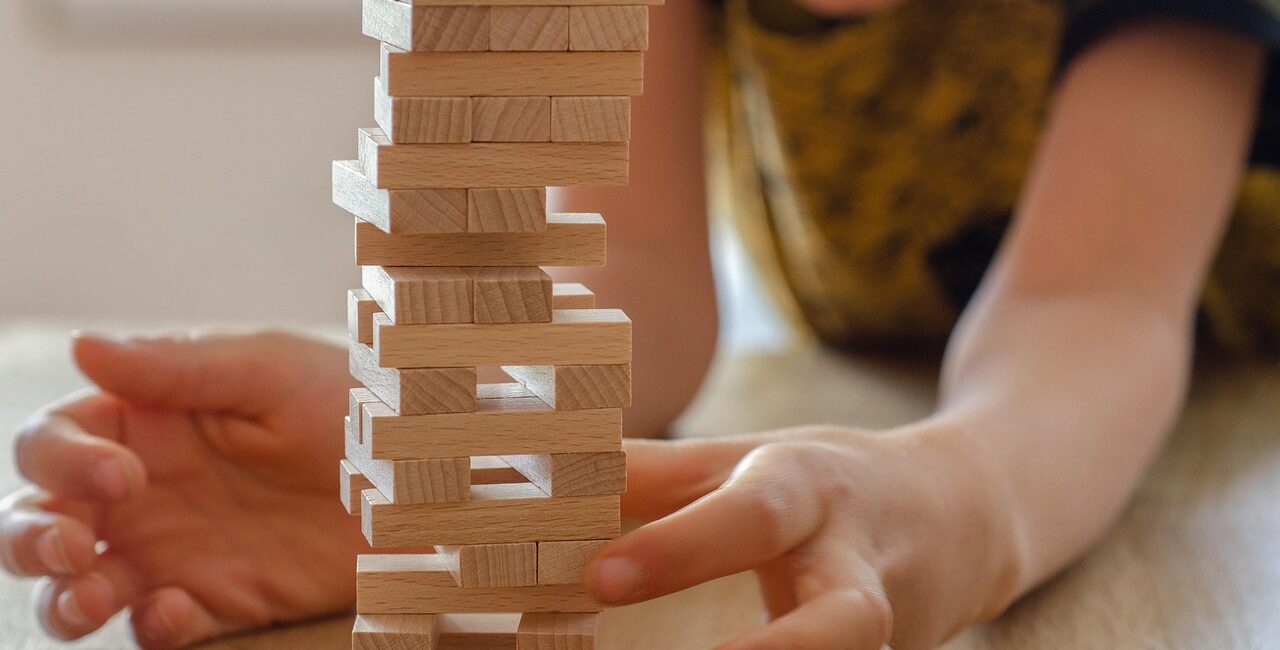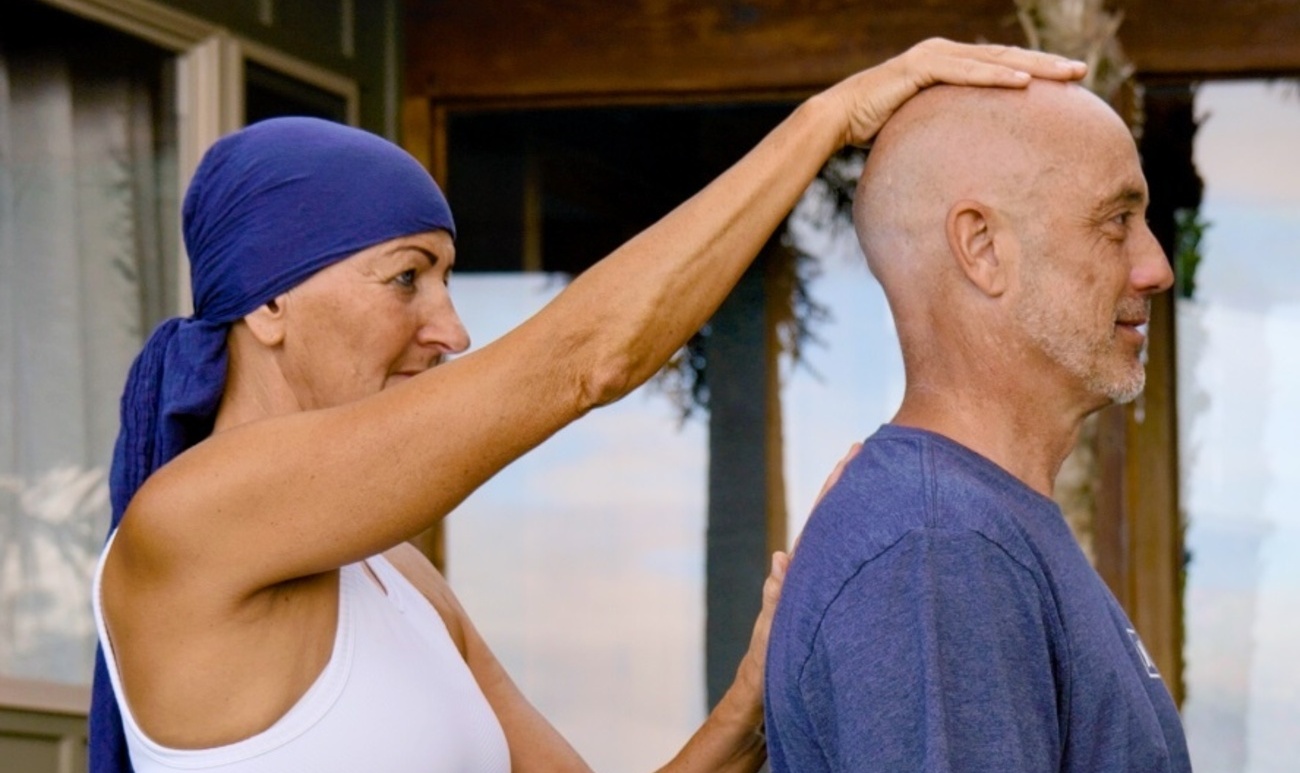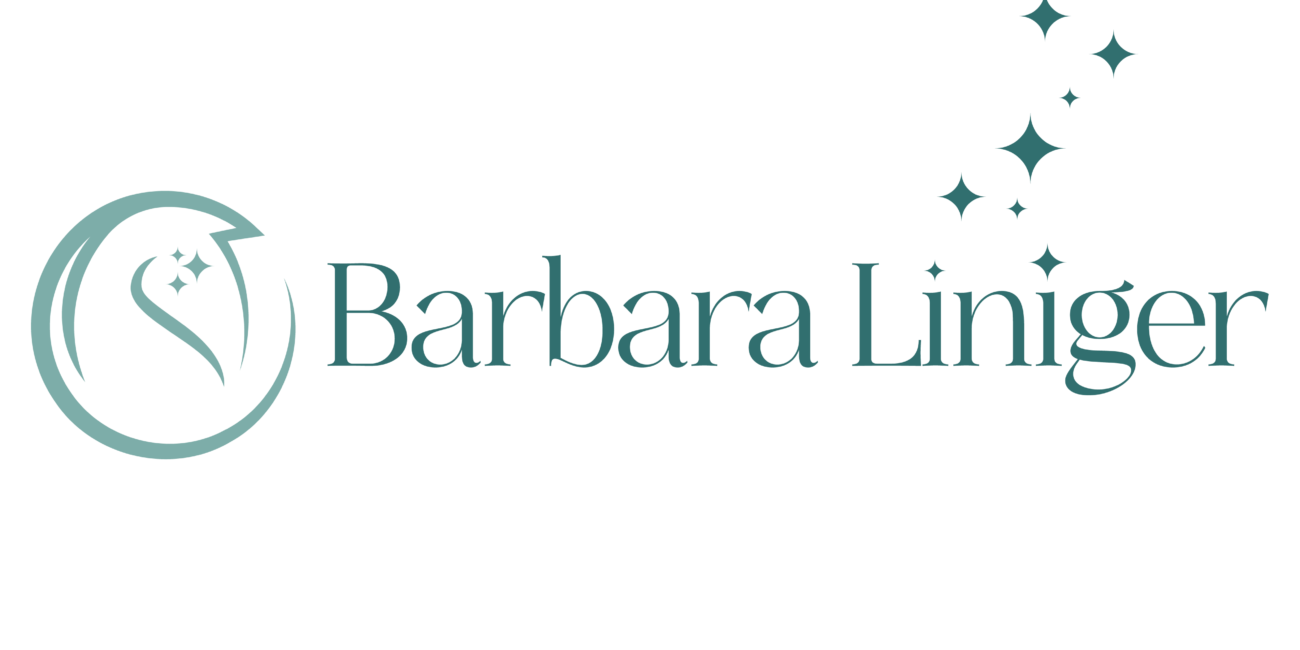In Stillness, Tension Speaks
All of my sessions begin the same way: with stillness. I place my hand gently on top of your head while standing behind you— I am not “doing” anything, I simply listen.
This we call General Listening. It’s a moment of quiet connection where I ask your body one essential question:
Where is your biggest struggle right now? And then, I wait.
My regular clients know the routine. They instinctively turn their backs to me—often before I even say a word. They understand that this moment of deep listening lays the foundation for everything that follows after in my sessions.
Your Body Remembers Everything
Our bodies are living archives. They remember every accident, illness, emotional blow, or surgical intervention—even those we’ve long forgotten. And we forget very easily. A therapist once was wondering why my ribcage felt so rigid and wanted to know what had happened to my collarbones. It took me quite a while to remember … I had totally forgotten that an 800lbs horse fell onto my torso when I was 25. How could I forget this?!?
I often compare the health of our body to a game of Jenga. Life slowly pulls at our “structure”—an ankle sprain here, a dental extraction there, maybe a concussion and unresolved grief held deep inside etc. To keep us upright and moving, the body is forced to shift its weight, adjust its posture and redistribute tension. It constantly has to compensate—until one day, something minor—like tying your shoes or bending over the sink to wash your hair—is too much and causes everything to collapse. It wasn’t the movement itself that was the problem; it was the final “block” that caused everything to collapse.

The Art of Listening Touch
Rollin Becker, an American osteopath who trained directly under William G. Sutherland, pioneered the concept of asking the body questions through touch. He became known for his “listening hands” and his subtle and profound way of perceiving the inner world of the body without imposing upon it. Jean-Pierre Barral, founder of Visceral Manipulation, carried this principle even further and turned it into an art form.
His words still guide my hands: “Only the tissues know—so let the tissue speak.”
Barral reminds us that evaluation is the most important part of treatment. Listening is not a passive act, it’s deeply engaged, sensitive, and explorative and helps us understand how everything connects and where the source of tension lies. If we work on the wrong structures, we will not get any lasting effects.
Following the Tissue’s Trail
Trained hands are almost instinctively drawn to areas where the body lacks fluidity. Inflammation, trauma, or scar tissue can interfere with a structure’s natural mobility. When tissues lose their ability to contract, expand, or stay elastic, they generate mechanical tension—something we can feel through touch with our hands.
Even bones, which are living connective tissues, carry perceptible tension patterns within them. Organs can lose their mobility and become adhered to their surroundings: ribs pull on the pleura, the liver has adhesion to the diaphragm, and even the brain can have limiting scar tissue to the bones of the skull. These restrictions rarely exist in isolation—they soon start pulling on neighboring structures. Over time, such fixations distort normal movement and create unnatural axes of motion. As a result, a restriction in one area can send ripple effects throughout the body, eventually leading to symptoms in places that seem completely unrelated.
A Toe, a Headache and a Long-Forgotten Injury
One client stubbed his toe on a bed frame. The swelling resolved after a few days. But weeks later, he began feeling a tightness in his hamstring. That tension migrated into his pelvis, pulling the sacrum out of alignment and affecting the dura of the spinal cord. Eventually, it reached his head—triggering persistent headaches.
He never mentioned the toe injury during intake—because he had forgotten about it and definitely would never have guessed a connection to his current problem. And yet, until we released the tension in the joint of his big toe, the headaches continued to return.
Not every connection is straightforward. Sometimes we must simply trust what our hands perceive, even if we don’t fully understand the “why” at this point. The body speaks in ways we may not yet fully comprehend—but it always speaks.
Where True Healing Begins
Every client brings a different story, even if the symptoms seem familiar. My treatments are effective because I don’t get distracted by the symptoms—I stay focused on identifying the original cause, whether it’s physical, emotional, or even spiritual.
The source is often far removed from where the pain shows up. When symptoms make no apparent sense, healthcare professionals can find multiple explanations, and each comes with a different approach and treatment plan. My own mind always offers me multiple possibilities to choose from and always comes up with a plausible explanation. But instead of chasing theories, I trust my hands. I trust your tissues to guide me to the true starting point. No guessing, no speculating.
That’s where the journey to lasting healing begins.
Remote Healing Sessions
The recent pandemic changed our daily routines and gave most of us the chance to reflect on our live
The Magic Before the Touch
This post explores the challenges and rewards of practicing Craniosacral Osteopathy with "difficult"
Animal Communication: Vibrations of Trust
Discover the profound world of animal communication and learn how to listen to the souls of animals.







